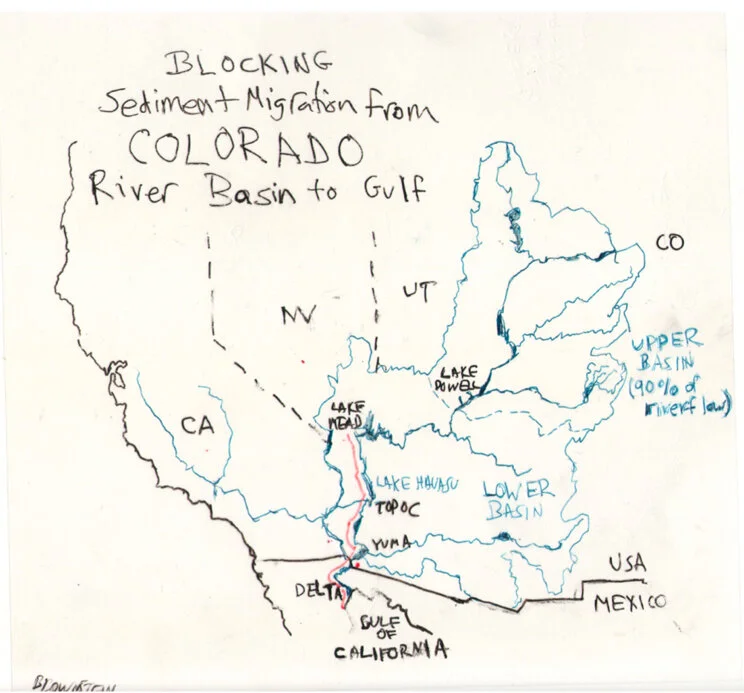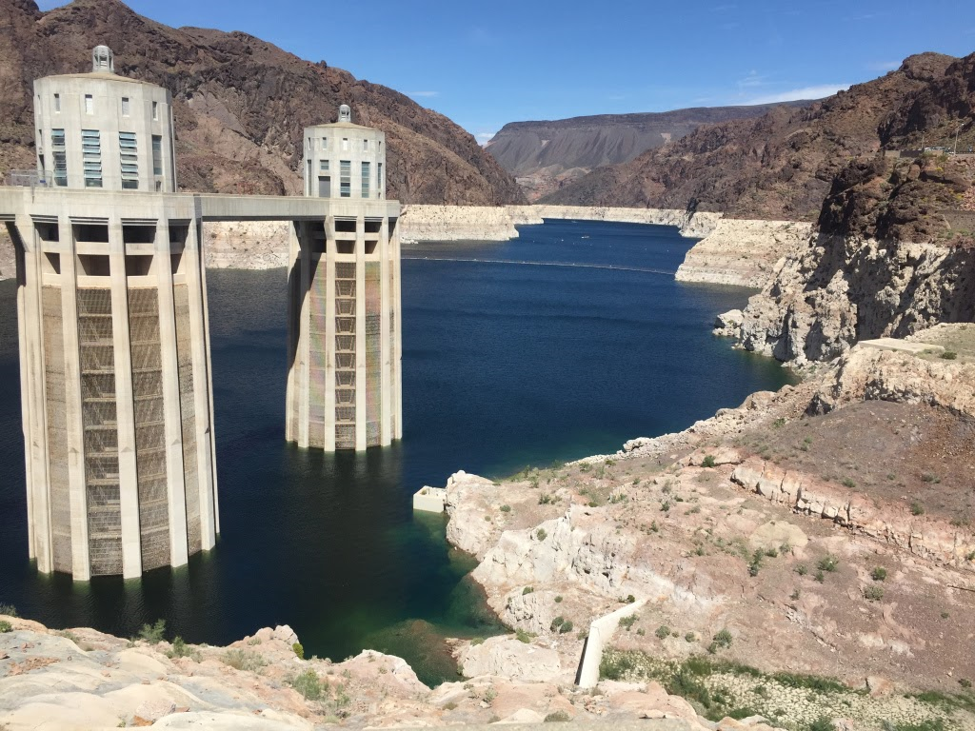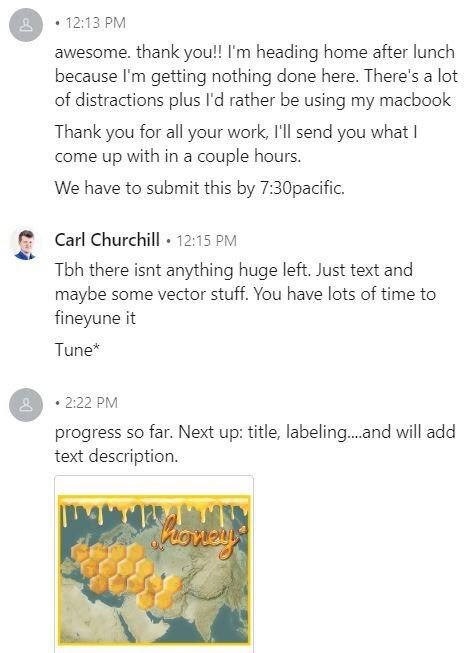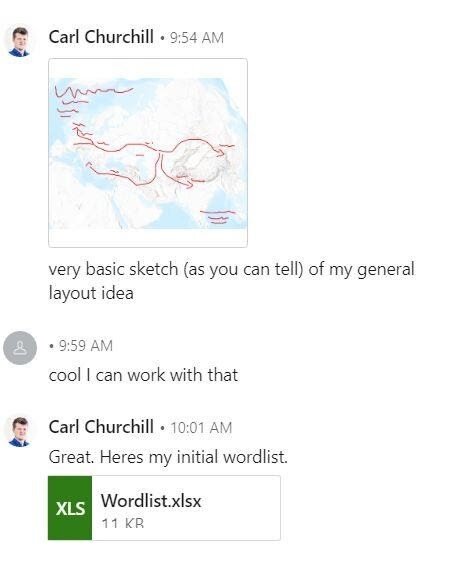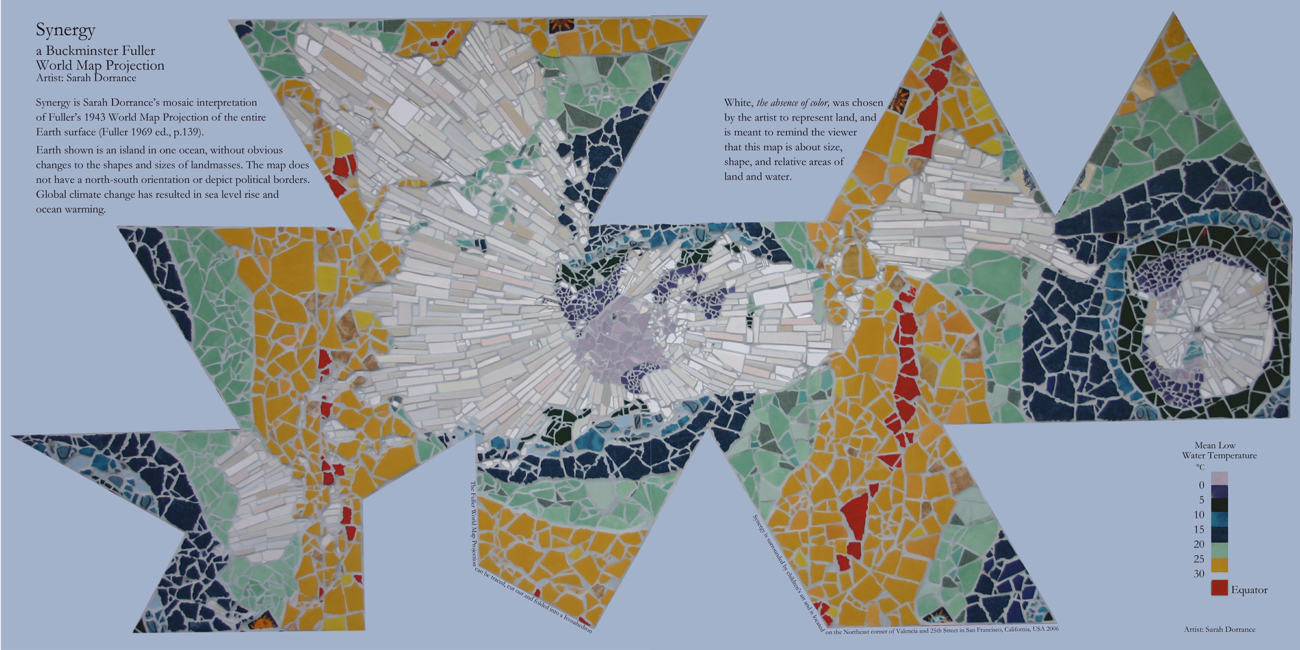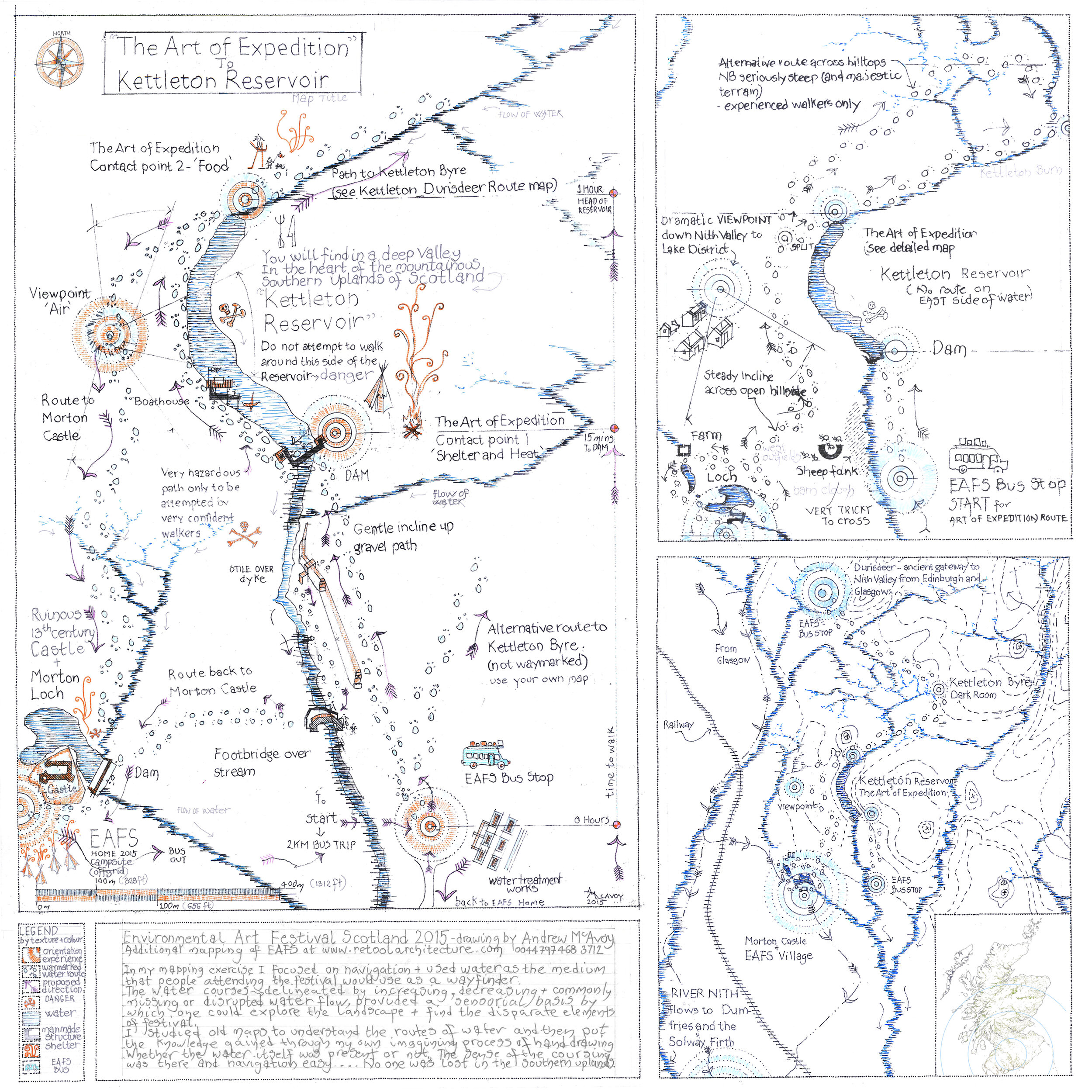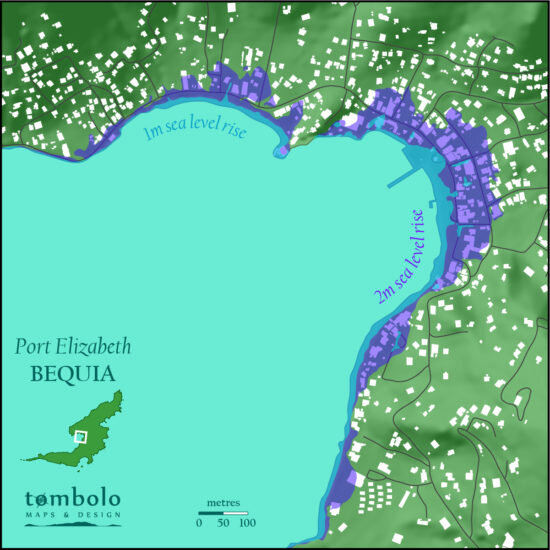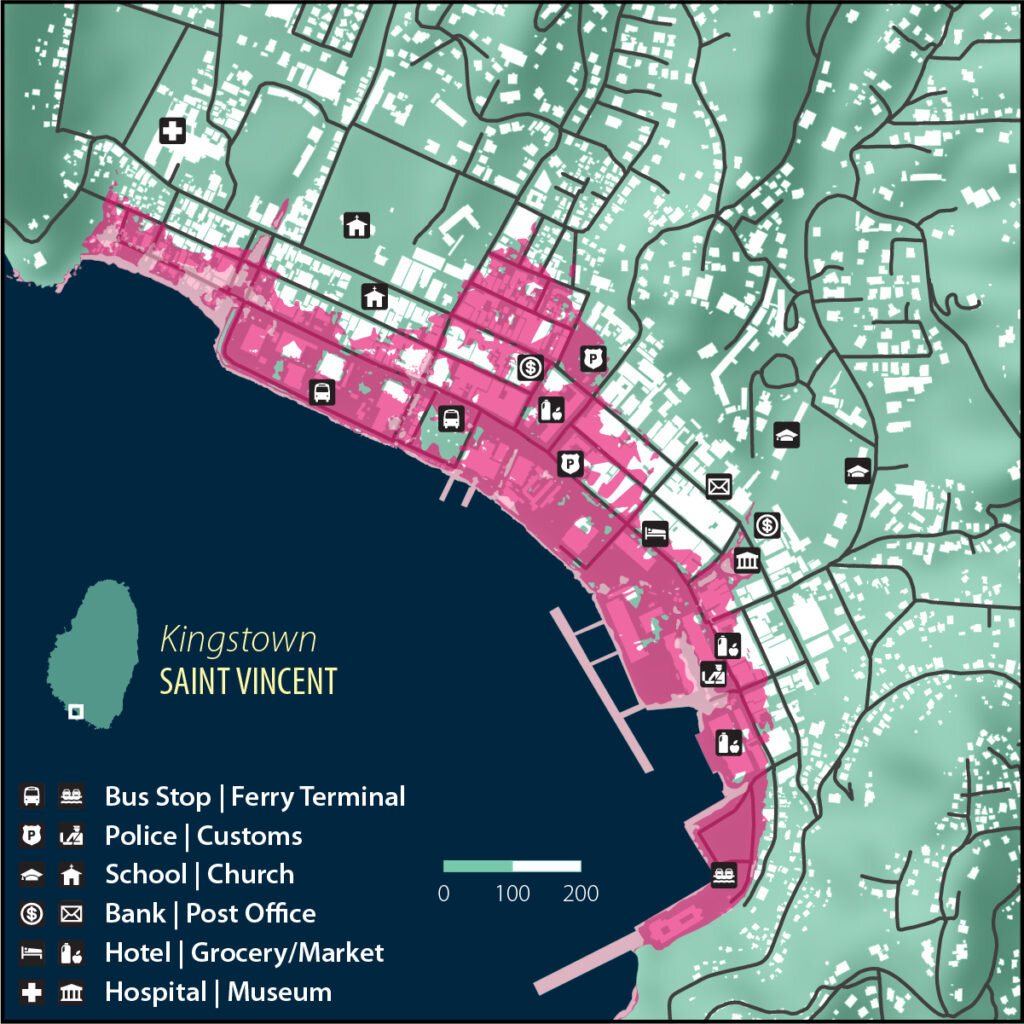This map, which originally appeared in the Community atlas, has been revised. The typeface has been changed to Cornerstone, which is used in the logo for the Black Lives Matter movement.
How did you decide to map what you mapped for the Community atlas?
That was the question that plagued me throughout the 24-hour process of taking part in Guerrilla Cartography’s Atlas in a Day Challenge, for I didn’t come into this event knowing what I was going to do. What I did know was that there was a problem I needed to get onto paper: Vermont has a racism problem. A White supremacy problem. All I knew was that as a community, we Vermonters needed to talk about this problem. We needed to take action community-wide and statewide. This, as Richard Wright pointed out decades ago, is a White problem. But we here in Vermont have been silent. We’ve been like a wall of silent White elephants unable to talk about our problems and racism and ourselves. In effect, we’ve been mute.
In all fairness, Vermonters are the most silent people I’ve ever met. And Vermont is White and I don’t just mean in the winter. Vermont is the Whitest state in the Union all year-round. Being White myself, I didn’t know how much of an issue this was. But then I met Rachel on a plane from Memphis to Hattiesburg and after four years and 2,000 letters, we married. She moved in with me here in Vermont. As a White man I thought things were fine. But Rachel, being Black, saw things differently. Really differently. Before long, I came to see much of what she was seeing from the start. I’d been so blind (and I know I still am in so many ways but I’m working on it). I’ve since been reading — and listening to — everything I can get my hands on and teaching myself. And I’ve been observing the things happening all around us constantly for things happen around us constantly.
Here are but three examples of many that never stop taking place: 1) Our Black friends were targeted by the police and before long they’d all left the state … permanently; 2) A black kid across the river survived a lynching by other kids. (Rachel, who worked for a nearby Ivy League college at the time, was interviewed by NHPR on this incident following the Theater of War’s production of “Antigone in Ferguson” at the HOP); and, 3) My Black students frequently ended their days in tears over incidents they experienced from adults and peers in our school. In fact, our Governor recently made a statement over a Black professor from New York who was pulled over by a couple of local residents right here in our hometown in what was a blatant and racially-charged incident. But this sort of thing happens here on a daily basis and is nothing new. It never stops. It’s just the way Vermont is.
What was your map-making process for this map?
Time was running out. I loved the AIAD speakers and the whole GC day was exciting and interesting and I didn’t want to miss anything. But I had no idea what my map was going to be or, for that matter, what it would look like. Nevertheless, deadlines have a way of forcing decisions and mine, naturally, were forced. It had to be simple. Not yet having the Adobe CC skills in PhotoShop, Illustrator, or InDesign, I would have to draw mine by hand. But it would be rough. Really rough. No time for rough drafts or Rapidographs-and-ink on mylar. I’d have to settle on Staedtler pens on paper. Conceptually, I knew I wanted to do something on Vermont’s racism. Its White solidarity. Its silence on White supremacy. The White elephants in the room we’re refusing to talk about. So I ran with that concept and just started drawing.
What surprised you during the map-making process for this map?
What surprised me most was that I made a map that worked by the deadline. I think I need to start setting more deadlines in my life when it comes to map-making. If I did, perhaps I’d actually get things done and start producing maps the way I’ve been envisioning I would for years.
How do you hope this map might affect people or how might they use it?
That’s the key, isn’t it? “How might people use it?” That’s so much of what’s behind a map: How it works. How people use it. I hope that people use this map to see Vermont in a way they never did, or even considered, before. I know Rachel doesn’t feel safe here. After we married, the Confederate flags started appearing in our neighborhood. She’s never felt safe enough to walk around our block; the only time she did was when I made a short film about her feeling unsafe to do just that (and when she did for the film she carried her WWI entrenchment tool the whole time). So I hope this map is used to show People of Color who are thinking of moving here what they can expect (a sort of one-sheet, mini, Green Book in map form).
Granted, some like Max Misch might be attracted to move to Vermont because of its Whiteness, but many People of Color might appreciate the warning so they can ask questions, like: Will I be able to get my hair cut? Where can I find food with flavor? Are there Black therapists? What’s it like to drive while Black and Brown in Vermont? Is there an uptick in White nationalists moving here because it’s so White? Does central Vermont hemorrhage People of Color? As a successful professor (or businessman), how might I be treated in my White working-class neighborhood? How will my kids be treated in the Vermont Public School System? Will my kids be safe — or might others try to lynch them? What’s the status of White nationalists? How has the State government stood up for African Americans? What happened with Kiah Morris? I hope my map raises essential questions that need to be asked for the benefit of People of Color … not the Great White State of Vermont.
What does it mean to you to be a "guerrilla cartographer"?
To be a Guerrilla Cartographer means to be part of a community of map-makers who want to change the world for the better through maps that work and build healthy, sustainable, just communities.
























